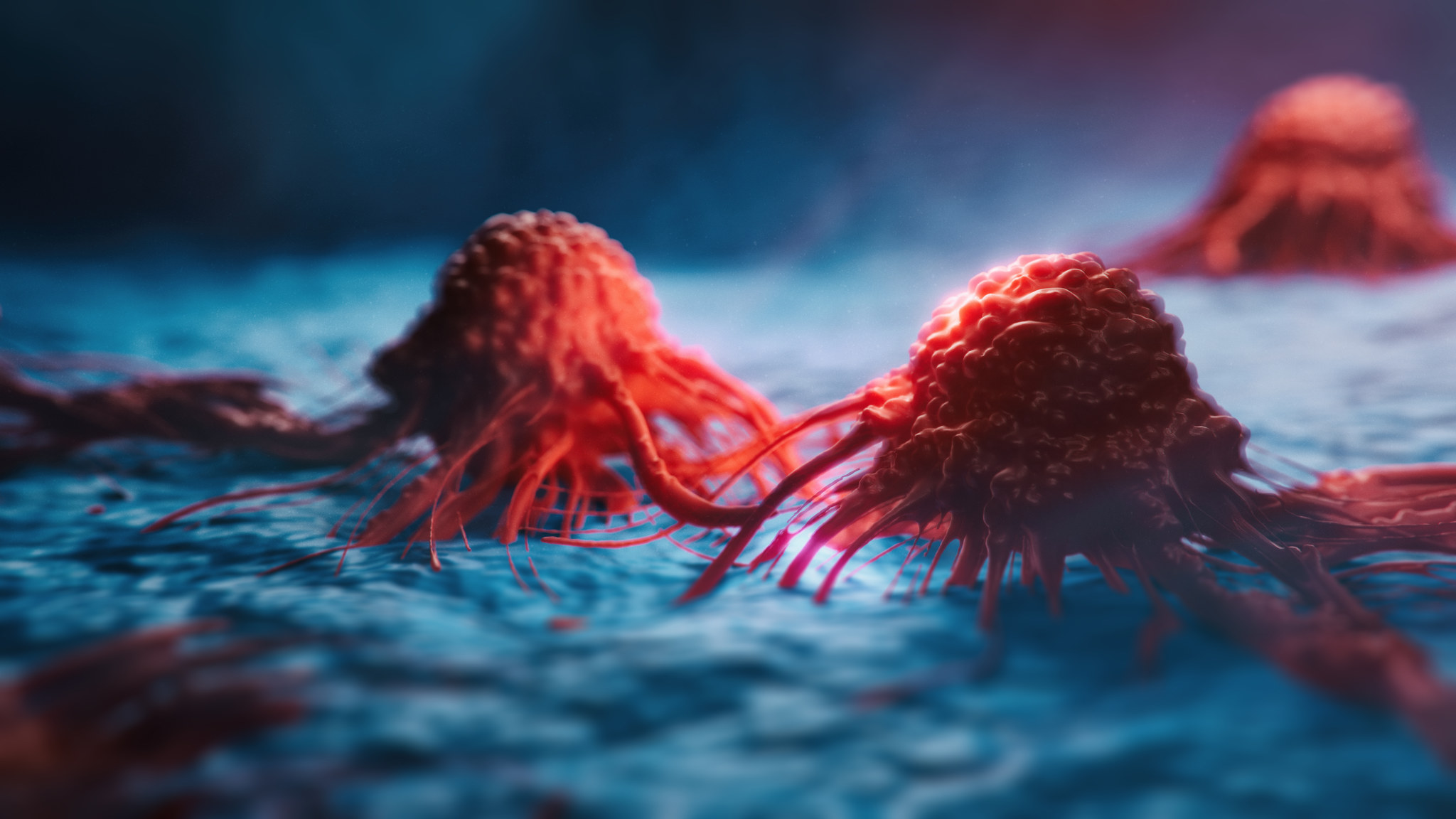
Investigators have discovered that outer mitochondrial membrane proteins regulate crosstalk between mitochondria and lysosomes, according to a Northwestern Medicine study published in the Journal of Cell Biology. These findings have implications for the role of organelle networks in cellular homeostasis and the development of neurological diseases.
“This study further elucidates the mechanism underlying mitochondrial and lysosomal crosstalk and shows how different mutations in the same mitochondrial protein can result in distinct downstream defects in lysosomal network dynamics that contribute to different neurological disorders,” said Dimitri Krainc, MD, the Aaron Montgomery Ward Professor and chairman of the Ken and Ruth Davee Department of Neurology.
Lysosomes are organelles tasked with breaking down excess or unusable parts of the cell. Elucidating the regulation of lysosomal networks is key to understanding of cellular dynamics and the role of lysosomes in disease pathogenesis.
In a prior work published in Nature, Krainc’s team discovered direct contacts between mitochondria and lysosomes. In the current study, the investigators used live super-resolution microscopy to discover that lysosomes frequently tether together into lysosomal clusters at inter-lysosomal contact sites — sites which modulate lysosomal distribution and function — and subsequently untether, rather than fuse together.

They also found that mitochondria, the energy powerhouses of the cell, promote this untethering, which is influenced by the hydrolysis of the enzyme Rab7-GTP at inter-lysosomal contact sites. Additionally, they showed that mitochondrial proteins Mid51 and Fis1 form an oligomeric protein complex on mitochondria that, in turn, drives Rab7-GTP hydrolysis and the untethering of lysosomes.
Overall, the study demonstrates how different mutations in Mid51 that are linked to specific neurological disorders result in distinct downstream defects in lysosomal network dynamics.
“A dominant optic atrophy-associated Mid51 mutant which does not disrupt its oligomerization does not disrupt lysosomal network dynamics. In contrast, a Mid51 mutant potentially linked to Parkinson’s disease which misregulates its oligomerization disrupts this pathway, resulting in defective lysosomal network dynamics,” said Yvette Wong, PhD, assistant professor in the Ken and Ruth Davee Department of Neurology’s Division of Movement Disorders and lead author of the study.
PingPing Song, PhD, research assistant professor of Neurology in the Division of Movement Disorders, and Steven Lubbe, PhD, assistant professor of Neurology in the Division of Movement Disorders, were co-authors of the study.
This work was supported by National Institutes of Health National Institute of Neurological Disorders and Stroke grants F32 NS101778, K99 NS109252, R00 NS109252, R01 NS076054, R37 NS096241 and National Institute of Neurological Disorders and Stroke Diversity Research Supplement 3R00NS109252-03S1.






